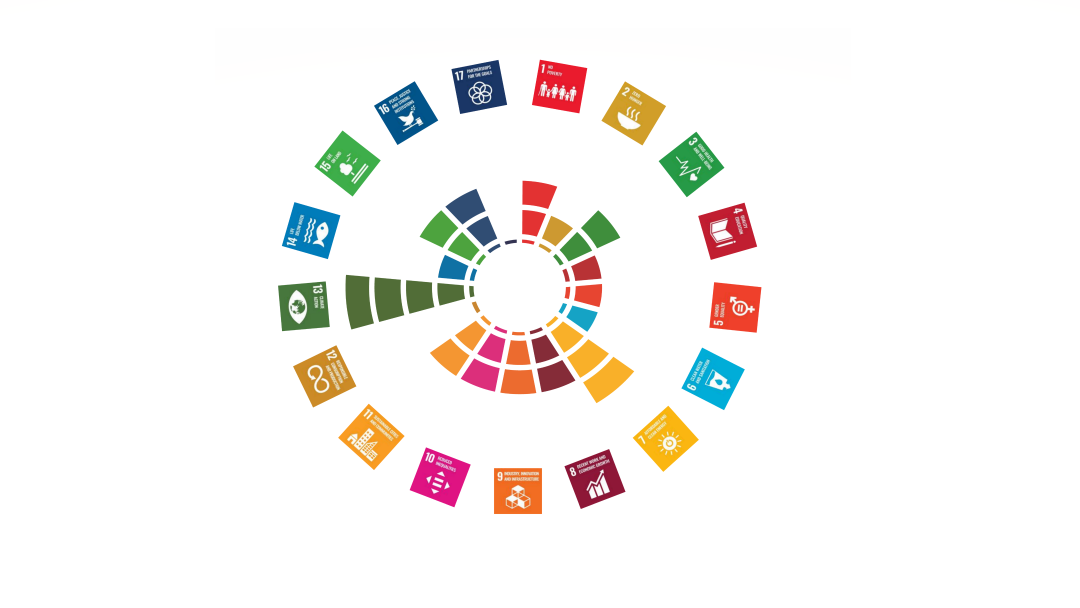Since 2015, the 2030 Agenda for Sustainable Development has been the compass for development cooperation. However, the seventeen goals are not only the decisive guideline for the international community, but also for each country itself. The SDGs apply universally, equally to all, and encompass the three dimensions of sustainability – social, environmental and economic.
"Leave No one behind" – was the hopeful slogan at the time. But now, after half the time, the balance sheet is sobering. As things stand, most of the SDGs have not been achieved. Far too many people are still left behind: they are poor, sick, hungry or have no electricity, no clean water, have to work under intolerable conditions or are discriminated against. They are not yet entitled to what they need for a decent life. The promises made in 2015 are far from being fulfilled.
According to the UN, there are signs of a positive trend in half of the goals and sub-goals, but overall this is not enough. In almost a third, development progress has even been lost. And only 15 percent of the world is on track. That is too little to reach the goals by 2030. That is why Secretary-General António Guterres is calling for a "rescue plan" for the SDGs and significantly more commitment in the coming years.
There are various reasons for the failure to achieve the goals so far: Crises of all kinds have kept the world on tenterhooks in recent years: The Ukraine war, for example, has worsened food security, especially in developing countries, due to the lack of wheat exports. The Corona pandemic has exacerbated economic and social hardships around the world.
In addition, there are minor and major conflicts such as in Yemen, South Sudan, Congo, but also in Niger, Cambodia, Venezuela or recently in Gaza. "We are currently experiencing the highest number of conflicts since the end of the Second World War," Guterres said. A quarter of humanity lives in conflict-affected areas. All this, together with a debt crisis and widely tottering democracies, has prevented the SDGs from being achieved in their first half.
As one of the largest financing organisations in international cooperation, KfW Development Bank has supported its partner countries in implementing and achieving the SDGs in recent years. With its financing, KfW contributes in principle to all the goals of the 2030 Agenda.

In the last financial year, new commitments amounted to a good EUR 9 billion. Two particular focal points were climate protection (SDG 13) and the promotion of affordable and clean energy (SDG 7) – two areas that are closely linked and still play a significant role in the "green reconstruction" of many economies that have been purged by the COVID 19 pandemic.
Achieving the SDGs will require enormous investments that cannot be made from public funds alone. The mobilisation of private capital, particularly through the instrument of impact investment, is therefore becoming increasingly important in development finance.
KfW will not let up in its commitment to the SDGs; they will continue to guide the development bank's actions – also for the second half up to 2030. As before, it will always be guided by the overarching core messages of the 2030 Agenda: promoting human dignity and peace, protecting our planet, well-being for all and advocating for global partnerships.